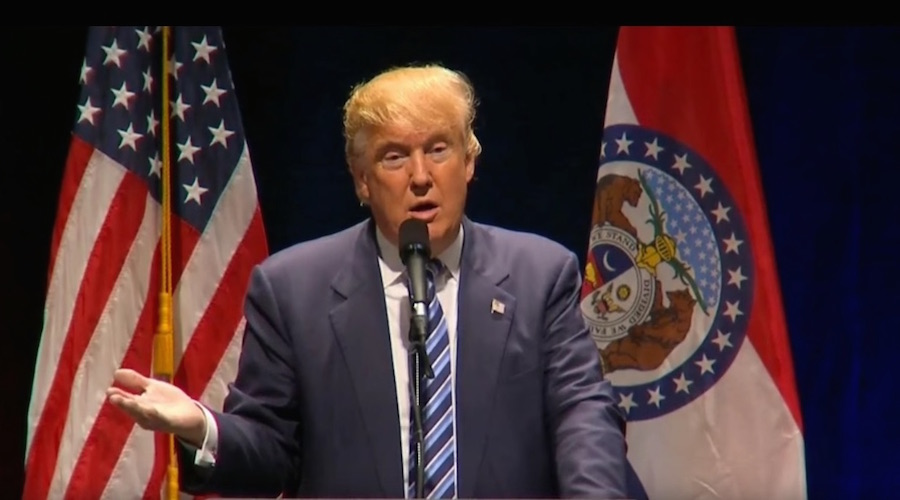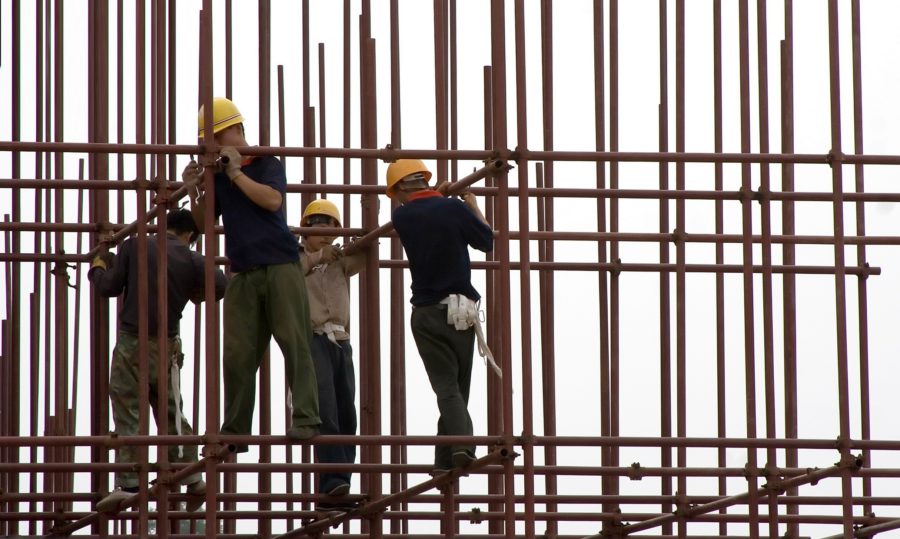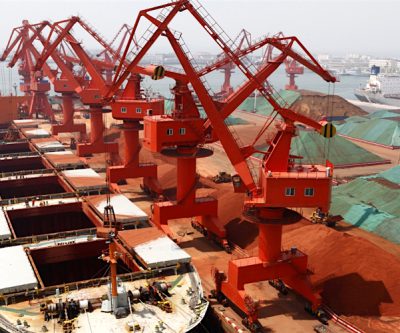Harvey expects China to continue shuttering smelters as part of a broader pollution-fighting initiative. Any remedies levied in a 232 case should address Chinese overcapacity, he said in an interview.
“We’re waiting to see what exactly the 232 report holds as well, but we’ve been trying to make clear: let’s understand what the problem is and let’s understand how we’re trying to address it,” he said from Alcoa’s headquarters in Pittsburgh.
The Trump administration launched the investigation — under the seldom-used section of the Trade Expansion Act — in April and is due to deliver results this month. The president then has 90 days to determine whether he wants to take action, which could be in the form of tariffs, quotas or a mix of both.
The 232 study follows a World Trade Organization complaint filed in the last days of the Obama administration alleging subsidies to Chinese producers that suppressed global prices. Aluminum has surged 28 percent since then.

In an earnings presentation Wednesday, Alcoa said it projects the glut of Chinese aluminum to ebb in 2018 to about 1.5 million to 1.7 million metric tons, down from the company’s 2017 forecast of 1.8 million to 2 million tons.
Harvey said Alcoa’s strategy and market analysis team determined that Chinese reductions through pollution curbs and winter seasonal cuts are real and continuing, based on its study of the markets both inside and outside the Asian nation.
“We bring all of that into our proprietary view,” Harvey said. “So we base our understanding of 2018 on what they’ve just recently announced,” but “we base all of our conclusions off what we believe and understand on history and what’s happening more recently.”
Asked if he has a preference for 232 measures or the WTO case, Harvey said the latter may not be enough on its own.
“The difficulty with a WTO tool is that it takes a long time to happen,” he said. “I have to believe a lot of these discussions have led the Chinese government to see this is a real problem, and a real problem of overcapacity that needs to be fixed.”
Story by Joe Deaux.






